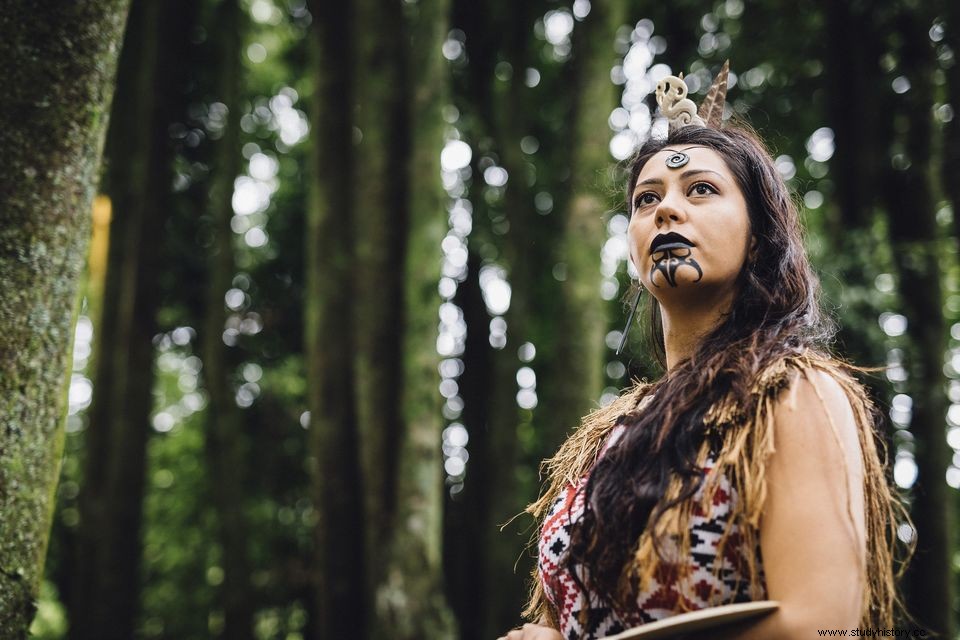
When you think of people from New Zealand, what do you envision? White people? Maybe semi-British, semi-Australian sounding people? Maybe a famous person from a movie you've seen or love? That's exactly what I used to imagine in my mind. And because of colonialism and globalization, it's almost exactly what many people see in their minds too! There have been many Western influences who have played a role in the development of this small, remote country.
Countries such as Australia, Ireland, America and France have all played their part in how this country has developed and changed. The most important cultural influence on the modern face of New Zealand came from Great Britain. However, none of these large colonial countries were the first to settle in New Zealand. So who were the first in New Zealand? What major aspect of New Zealand's history and culture do we lack when we maintain this perspective? The answer to both questions is the Maori people.
Who are the Maori?
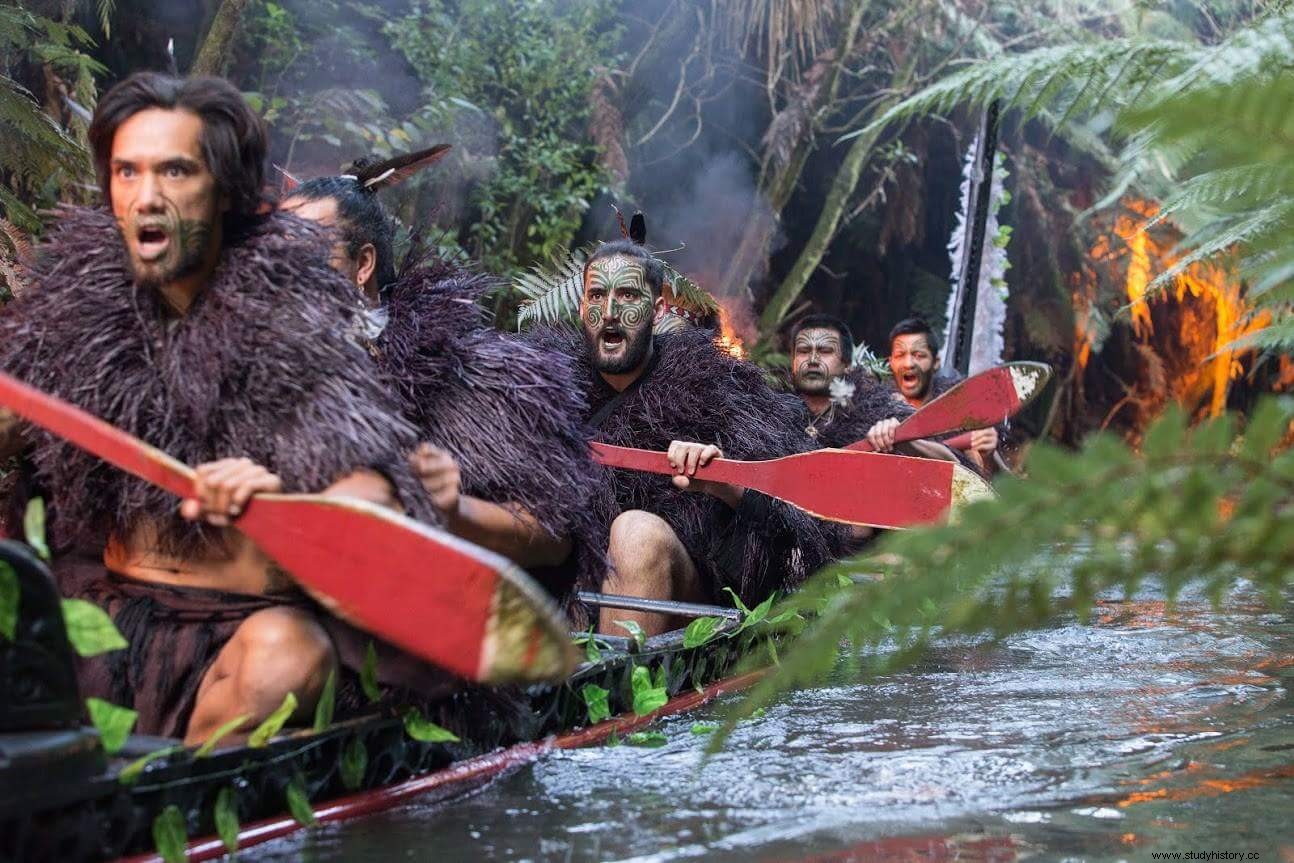
The Maori are the indigenous people of New Zealand with Polynesian roots. Polynesia is a large geographical area in the South Pacific, with many small island nations spread over a large area. The population of this area spread to most of the islands by boats and kayaks over many generations. According to archaeological finds, the Maori arrived in the islands of New Zealand around 1300 AD.
This makes the Maori a relatively young culture considering it in Mesopotamia. It is the place that most archaeologists agree is the birthplace of modern civilization, where people farmed, raised cattle and established written laws over 3,000 years before the first Maori landed in New Zealand! The richness of culture and customs that they brought with them from the outer parts of Polynesia still live in New Zealand today. The mix of cultures and people who have settled in the country, guard, preserve and respect them closely.
Wealth in culture
An important aspect of Maori life and culture is Tikanga. One can describe this concept as the basic code of Maori culture, practice, customs, laws and rituals, given verbally from generation to generation. Tikanga also includes the concepts Manaakitanga and Kaitiakitanga. Manaakitanga centers around kindness. It can be described as the practice of creating and maintaining a respectful and hospitable atmosphere. Kaitiakitanga is the Māori perspective that nature is sacred and one should do everything to protect it, and the delicate balance it requires to thrive.
Spirituality and religion are valuable to the Maori. The basic Maori systems of faith and religion come from the belief in mythical natural gods. These belief systems are centered around two basic principles:Tapu and Mana. Tapu is the presence or essence of energy or power. Mana are the objects or places to which people are sacred. However, early in the colonization of New Zealand, Christianity almost completely wiped out this type of religion and practice in Māori culture.
Another significant part of the Māori culture is their language, Te Reo Māori, which originates from its Polynesian roots and shares many common features with other Polynesian languages. It is one of several official languages in New Zealand. Before colonialism, this was not actually a written language. It consists of 5 vowels and 10 consonants. In languages like these, one word with little or no change can have several meanings. This language is used in the ceremonial Maori dance called Haka.
Tradition
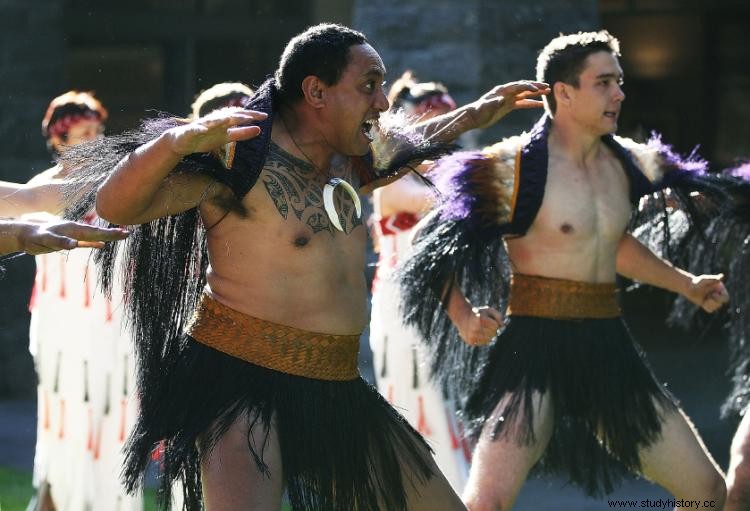
Māori legends indicate that the chin came from the summer and sun gods. All Maori can perform this symbolic dance. The essence of each performance varies depending on the setting. A Maori tribe can use their chin as a display of respect, peace, pride or even a challenge. Almost all school children learn Haka in New Zealand. White people and Maori, both men and women, dance it in its traditional form, in many events such as sporting events, cultural events and even events of historical significance that are more associated with postcolonial times. It is to what extent the people of New Zealand care about preserving the roots of the original settlers on the islands.
The Maori are known for their traditional tattoos called ta moko. The mokos are extremely detailed and intricate. These tattoos are representations of ancestry and social status. The most common place for traditional ta moko is the face. They also had to do with the process of entering maturity. There were rituals and rituals involved in this significant occasion. Until the early 20's, this tattoo was a very long and unbearable process. Tattoo used a tool called Uhi. This was a bone chisel with an extremely sharp edge. When it was over, the Maori would use the leaves of a karaka tree as balm to reduce the swelling. Fortunately, this technique was outdated a long time ago.
These characteristics and traditions of the Maori are just a few examples of the rich culture of the people. So why do we tend to imagine that people in New Zealand are so different from the original settlers? Despite their initial claims to the island and the great impact of Maori culture on New Zealand society, they now make up just over 15% of the population. How could it be if they once covered most of the island? One can answer this question with two concepts:colonialism and globalization.
Invaders!
As mentioned earlier, a number of western island nation infiltrated New Zealand, with the United Kingdom being the most influential. Globalization strongly affected some of the main parts of the Maori. Some examples include land ownership, mother tongue use, religious tradition, health and size of the population, and a general sense of cultural identity. Just as the British did with the Indians, they have impressed the Maori with their own traditions and values, and driven out the indigenous culture.
European influence began in 1769, when James Cook arrived in New Zealand originally for scientific research. However, Britain was always looking to expand trade and territory. From then on, the Māori people were never the same. From 1860 to 1939, the amount of land occupied by the Maori fell sharply. Their territory went from being the dominant presence of New Zealand to barely occupying any of the country at all.
Loss of Māori Life
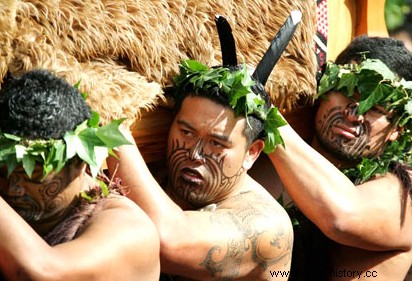
The limited land ownership combined with the massive loss of human life in the Musketeer wars (which began with tribal riots but escalated to mass deaths due to Europe's introduction of the Musketeers, killing 1/5 of the Maori population) contributed to the drastic decline in population. Europeans also transmitted diseases against which the natives had not built an immunity. Examples include measles, influenza, bronchitis and tuberculosis, as well as other respiratory diseases. These introduced damage to Maori health and caused a 40% drop in the population from before colonization.
Other factors in globalization that contributed to the loss of the natives are marginalization and poor living conditions that caused health problems among the native society. When the Europeans took over, they took over territories and displaced the Maori. As more foreigners conquered the island, the Maori had fewer opportunities for settlement. This caused severe overpopulation in the areas they settled in, which resulted in a lack of hygiene. After taking from their newcomers their land, the Maori lost valuable resources that provided them with traditional food. Between malnutrition and poor hygiene, disease spreads easily.
In the 1860s, the Maori resisted the confiscation of their land. However, they did not have access to unlimited resources, the Europeans were far more than them. As bravely as they fought and protested (at times even non-violently), the British still claimed victory over the majority of New Zealand's land, and raped, murdered and imprisoned many of the natives.
To see a visual representation of the loss of land click here.
Spirit suppressed
The European settlers who took over New Zealand tried to suppress the Māori culture and replace it in dominance with their own. A large part of this process was changing religious views. The traditional religious essence of the native islanders was quite mysterious. The British forced Christianity and Catholicism on the indigenous people, and persecuted those who did not vote. They wanted to punish the Maori for practicing their original religious traditions. European culture overshadowed the fundamental principles and values that defined the Maori way of life.
In the late 19th century, most of the natives adopted Christianity as their main religion. Europeans undoubtedly saw this as a victory for their cause. However, this soon backfired. The Maori formed a prophetic religious force that sought to resist the loss of their land. This resulted in the imprisonment of several of the Maori. This particular movement is an example of their willingness not to be overlooked and the consequences of their resistance.
Injustice system
In the early and through most of the 19th century, Māori prison rates were extremely low. They made up less than 3% of the population in prison. The 1860s and 1880s were the only peaks in that time period due to war and protests. The 20th century, however, brought a major shift to these statistics. During 36 years the rates reached 11% and in 1945 they were up to 21%. The 21% was particularly alarming given the fact that the Maori only made up about 6% of the total population of New Zealand at that time. This was not the worst.
The proportion of the indigenous population belonging to the indigenous population increased faster than the proportion of the total population. In 10 years, the prison population in Māori jumped to 40%, while the total population was only 10% Māori. These disproportionately high percentages persisted into the 21st century. In 2011, the Maori made up 15% of New Zealand's population and 51% of the prison's. The consistent marginalization of these people that leads to poverty and corruption of culture has only contributed to these numbers and what seems like an "injustice system".
Opposing Silence
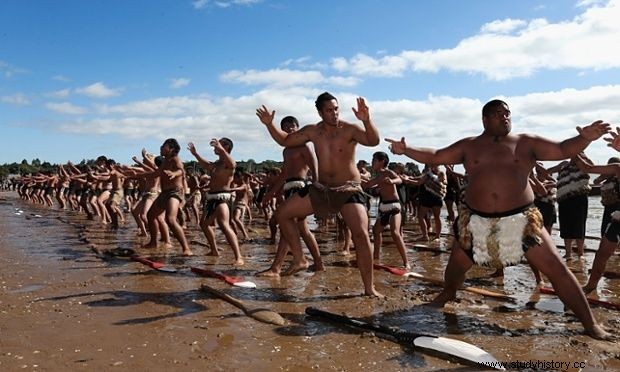
The indigenous people of New Zealand have been resistant to globalization. They are quite determined to maintain the sense of identity and culture and remain attached to the roots of their history. Nevertheless, the resolution of the Māori case triggered the development of anti-globalization and global justice movements. In the 1960s, much like in the United States, anti-racism movements and civil rights protests arose among the Maori. In the 70s and early 80s, a Maori women's movement was also developed. Throughout most of the 1920s, the Maori formed various movements and protests for various aspects of general human rights. Examples of some of the focuses of these political conflicts are wages, land ownership, social and civil injustices and cultural nationalism. They refused to stop resisting the forced silence and oppression, despite the inevitability of disappearing through assimilation into European culture.
To this day, there is a power and identity struggle raging between the dominant, mainstream European culture that has overtaken New Zealand and the traditional Maori culture. European culture continues to impress a sense of inferiority in the Maori. Because of this, the Maori have begun to lose their sense of identity. Most Maori even speak English instead of Te Reo. Native political leaders representing the Maori struggle to maintain this sense of identity among the people.
The majority of those on the outside who look in assume that the Maori have integrated steadily into the liberal society of New Zealand. The country shows its indigenous culture with pride, and masks the inequality that lies beneath. Outsiders are unaware of the constant unrest between the minority and the majority of the country. However, recent injustices inflicted by the Maori and escalating aggression between both sides have caught the attention of some media and raised some concerns. The UN has sought to create peace through political change; the differences persist, however. Until there is equality and consideration among all people in New Zealand, there will always be enmity.
the conclusion
The Maori are a people who produce a rich culture and exciting traditions in New Zealand society. There are so many aspects of their lifestyle that contribute to the overall atmosphere of the country. However, their story is brutal and full of suffering and struggle. Colonialism and globalization have suffocated the Maori identity and run out of resources. Most people would never know about the internal conflict in New Zealand. The festive front they show to visitors and people outside the country conveys the idea that European and Maori culture have merged with little or no effort.
Unfortunately, this is not the case. Today, the Maori still struggle to be marginalized and treated as less than their white counterparts. This fight needs more attention from the people of New Zealand and should be handled with care and equality. Then maybe they can be a way to create peace among the people.
